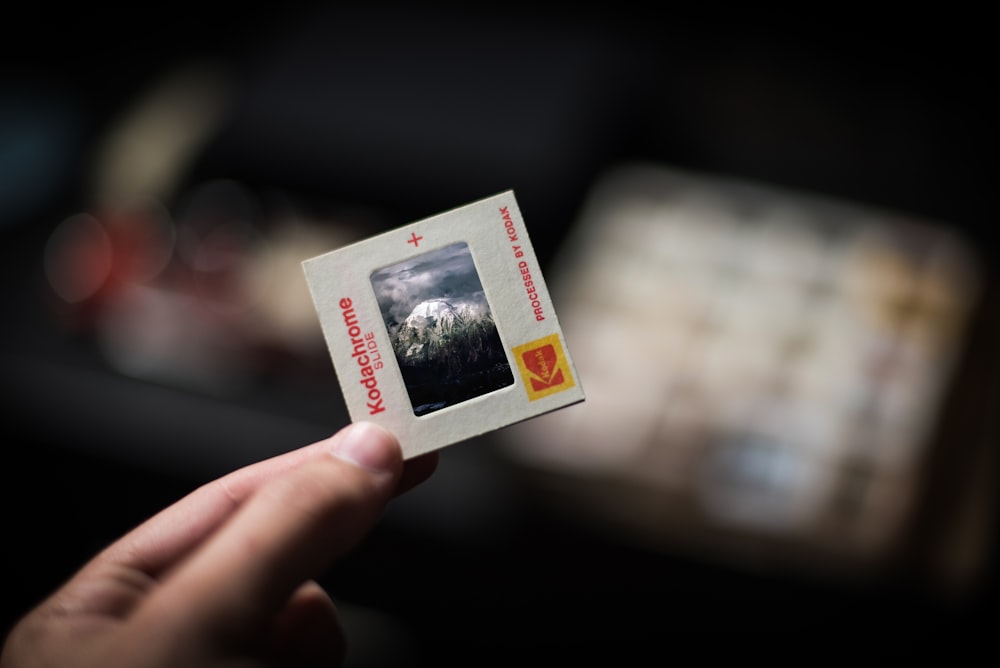 |
| Lanternslide Image: https://www.brown.edu/Departments/Joukowsky_Institute/resources/lanternslides/2466.html |
In the late eighteenth century to the mid-nineteenth century, there was a rapidly changing printing technologies. Lanternslide (see photo above) was considered cutting-edge technology then. It is now what termed as a projector. This was the age before the 35mm Kodak slides!
 |
| 35mm Kodak Slide Image: Unsplash |
And way before all these image-making technologies, engraving (15th - 16th century) and lithographs (early 19th century) opened the gateway for a range of reproductive possibilities. The visual technologies such as the microscope, the camera obscura to the invention of photography (1839), cinema (1895), television (late 1940s - early 1950s) and the digital media and video games (1990s) took hold due to social and epistemic contexts weaving through the social imperatives. Thus, a technology emerged, through a series of social and technological networks rather than as a popular medium. For example, photography came about through particularly 19th century epistemic interests, around which a set of technologies and practices that came to be known as photography coalesced.
Before the cinema, vaudeville entertainers, magicians and travelling performers would entertain spectators with a range of techniques that historians would regard as precursors to cinematic projection. A form of popular entertainment called the magic lantern show involved the projection of still photographic slides with narrative or descriptive accompaniment provided by a live performer. These still sequential arrangement of images and voice-over narration would later lead to a strong feature of moving images. Zoetropes, Praxinoscopes and Phenakistoscopes were designed in the early 19th century on the model of camera obscura.
When Kodak introduced the $1 Brownie camera in 1900, there was a radical new sense of the abundance of images. The proliferation of today's picture-taking in social media has also resulted in effortless sharing where one casually document everyday life through photographs. There are millions of personal snapshots available online for public consumption and security searches. While the masses can innocently tag images and connecting them, control over its future archives, access and reuse is beyond the control of the user in social media, even with the use of privacy settings. Some of these sites archive our preferances for commercial research about taste.
 |
| The original Instagram logo referenced the Polaroid SX-70 logo. Image: https://www.thoughtspacedesigns.com/blog/post/the-importance-of-rebranding-instagram-reminds-us-that-change-is-good/ |
In 1972, Polaroid released the one-step SX-70 Land camera where the images can be developed directly on the exposed sheet. The promotion of the ideas where key images at social events can be instantly liked and shared. Similarly, the digital camera also allows the user and others to see the image instantly, as a positive rather than a negative. We can tie back to the earlier technology of the camera obscura's mirror effect, in which the image is instantly projected.
While it is harmless to have personal photographs digitalised, we can imagine a context toying with historical record using the wide availability and accessibility of techniques for immediate distribution, circulation and manipulation. Furthermore, these techniques are available to the consumer, making image production and alteration an everyday aspect of consumer experience.